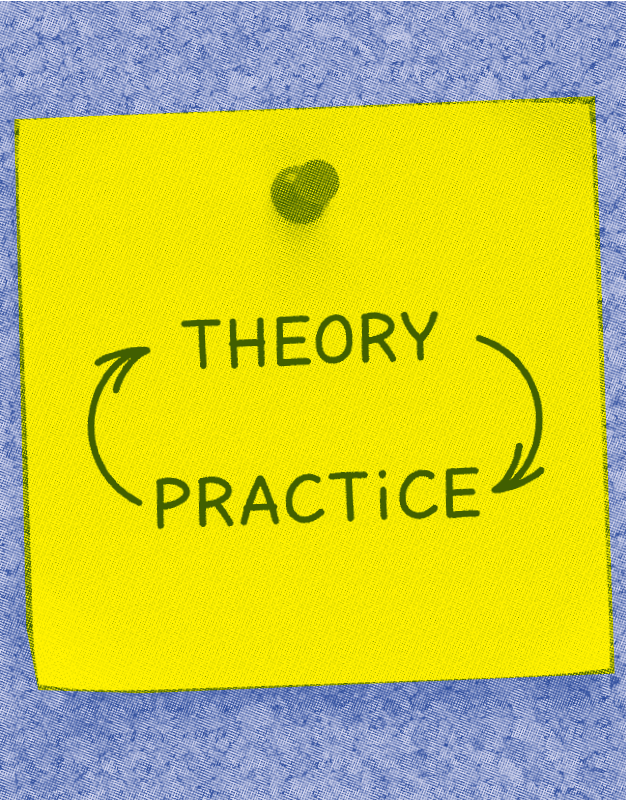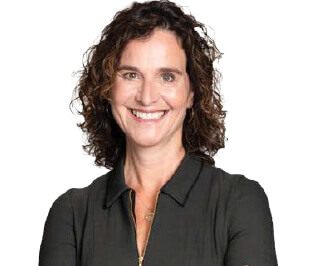Best theory, best practice, best practitioners
Two things make marketing difficult: theory and practice. Of the disciplines around the boardroom table it can be the stickiest in study and the thorniest in application.
What makes marketing theory so tormenting to grapple with is its diffuse and protean contextual backdrop: the swirling chaos of markets combined with mercurial human behaviour. Where are the enduring truths?
People sometimes say, ‘Well, marketing isn’t rocket science’. If only it were. It would have hard edges and irrefutable laws. It would use Xs and Ys and weird mathematical squiggles that are meaningless to the layman but would mean something precise, and precisely the same thing, to each of us.
Actual marketing theory, conversely, is replete with comfortingly familiar terms such as ‘relationship’, ‘target’, ‘conquest’, ‘promiscuity’ and even ‘love’, which are bandied about by professionals who forget they are using metaphors.
The result is not just that the listener interprets the term differently from the speaker, but that the fuzziness seeps into the mind of the one up there with the slides holding forth. ‘Loyalty’ gets depicted with frequent-purchaser data one minute and logo-tattooed biceps the next, as though there were no implied difference between them.
Where there is imprecision there is scope for amateurs and self-servers to seek to inveigle their way into the canon. So concepts get picked up from related fields such as behavioural economics and are parlayed into communications dogma and research methodologies. Soft logic and softer data are offered to join the dots. There is much that is plausible but little that is proven.
The overriding task for the marketing leader, therefore, is to tread through the great morass of academic and commercially generated marketing theory, probe for the firm ground and inculcate a culture of clarity.
That firmness can be found: Doyle on segmentation; Kim and Mauborgne on innovation; Keller on brand management; Aaker (D) on brand architecture; Aaker (J) on brand personality; Binet and Field on communications effectiveness; and the evidence-based school on underlying brand-purchase patterns.
And there are tools and frameworks out there – not many, admittedly, and none with an agency ‘TM’ tagged on – that can bring clarity and insight to help marketers turn time-tested theory into vigorous brand strategy (see panel).
 With that hard challenge out of the way, the even harder one begins: practical application.
With that hard challenge out of the way, the even harder one begins: practical application.
Leaders of other disciplines are your first problem. Sensing that marketing is a bendy discipline they feel at liberty to bend it even more, to suit their own objectives. In rocket-science land, if you warn of the consequences of not doing things a certain way, who is going to challenge you? In marketing, with no mid-air explosions to focus the mind, pretty much everyone feels they can.
But it’s not just other disciplines. There are also your ‘dotted-line’ marketing colleagues around the world. Significant markets like, say, Russia, demur over the global strategy, citing their own commercial exigencies. Less significant markets, like, say, Holland, demur on the flimsier ground that is it insufficiently Dutch.
What else can get in the way of smooth execution? Just about anything. Regulatory differences, the operational difficulties of retraining service staff, recalcitrant buyers working for retail chains who haven’t read Byron Sharp and don’t accept your reasoning that the mere fact of their stocking your niche brand will quintuple its size overnight.
We hear the term ‘best practice’ a lot in marketing – certainly a lot more often than we see it. What does it actually mean? I would offer ‘Optimum brand strategy derived from sound marketing theory, put seamlessly into practical application’.
There are two basic ways to undershoot this ideal – one infinitely more problematic than the other. The first is that flawed strategy derived from poor theory is put into sterling practice. This is like a ship leaving harbour on an erroneous course and sailing with maximum efficiency forward: it will simply get faster to the wrong destination.
The second is that inspired strategy, derived from sound theory, is executed patchily – a bit here, a bit there, moving forward with crab-like steps rather than arrow-like momentum.
In my experience, the best marketing practitioners often work this way. They are zealots on getting the strategy right but pragmatists when it comes to driving it through. Having some markets on board is not as good as having all, but better than none; doing things in slightly the wrong order is better than not doing them at all; communicating the relaunch on a constrained budget is better than going sulkily silent.
In big organisations especially, this is often the only way to make any progress at all – an acceptable form of ‘second-best practice’ that will apply until the results start to speak for themselves and practical application can start to move ahead at full throttle.
In this challenging, fluid, nuanced discipline of marketing, it is right to be a purist in theory. But you need to pick your battles in practice. The best practitioners know this. We need more of them around our boardroom tables.
Academics haven’t exactly been generous in devising tools and frameworks to help bridge the gap between theory and practice. However, here are some you might find useful.
Innovation: The value curve
This comes from Insead Professors W Chan Kim and Renée Mauborgne, founders of the ‘value innovation’ system, which encourages marketers to suppress delivery of some category norms in order to fund features consumers value more. The ‘value curve’ plots your offer compared with the typical industry profile. At the outset, it can be a graphic and humbling reminder of lack of differentiation. The eventual aim is a curve completely out of kilter with the category.
Segmentation: Doyle’s five criteria
Planners are especially fond of conjuring up attitudinal consumer segments and giving them jaunty names. With his famous ‘five criteria’, the late Professor Peter Doyle gives marketers the means to objectively evaluate their commercial potential.
Brand architecture: Brand relationship spectrum
What is dignified by the term ‘brand architecture’ often more resembles jerry-building: an acquisition here, a line extension there, and you have an architecture that owes more to accident than to design. When the time comes to reorganise the portfolio from strategy up, Professor David Aaker’s framework is the place to start.
Brand personality: Brand personality dimensions framework
Brand personality is often conceived as analogous to human personality but Professor Jennifer Aaker shows that this natural comparison can go too far. Her central insight is that the dimensions of brand personality must include some that humans desire but do not actually possess.
Digital delivery: The A/B test
This comes courtesy of Eric Ries, author of The Lean Start Up – not strictly an academic, though he was entrepreneur-in-residence at Harvard. In this simple experimental methodology, you quickly build and trial digital solutions, changing one variable on each A/B test to help you get to the optimum choice for that particular feature.
